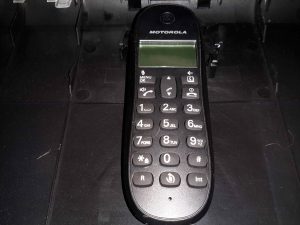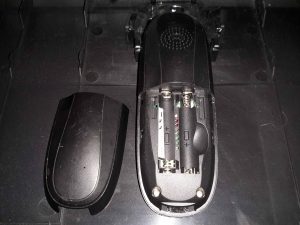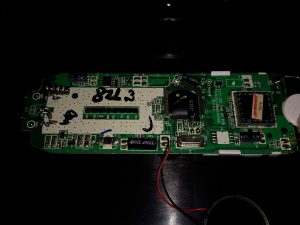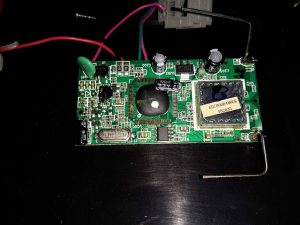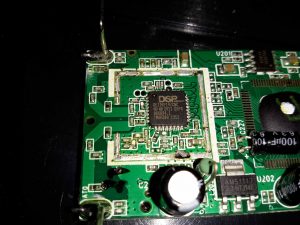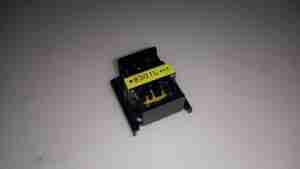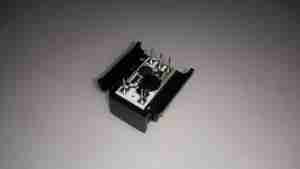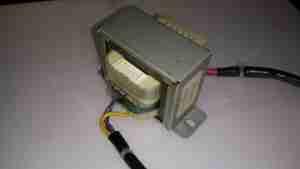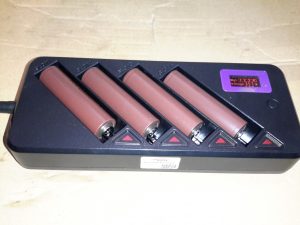
Here’s another battery charger designed for lithium chemistry cells, the BLU4. This charger doesn’t display much on it’s built in LCD, apart from basic cell voltage & charging current limits, as it has a built in Bluetooth module that will link into an Android or iOS app.
Above the charger is operating with 4 brand new cells, at a current of 500mA per cell. If only a pair of cells is being charged, the current can be increased to 1A per cell.
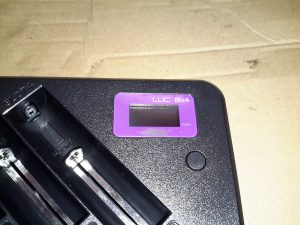
Not much in the way of user interface on the charger, a tiny LCD & single button for cycling through the display options.
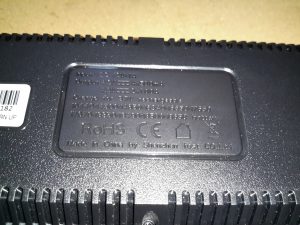
The usual stuff on the data plate, the charger accepts an input of 12v DC at 1A.
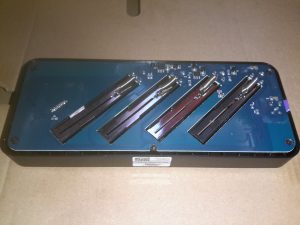
Removing the 6 screws on the bottom of the casing allows the board to be seen. Not much on the bottom, the 4 cell negative connections can be seen, with their springs for adjusting for cell length.
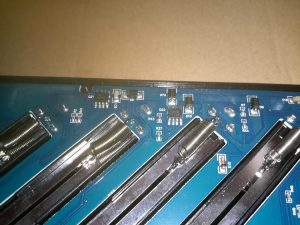
There’s a couple of P-Channel FETs on the bottom side for the charging circuits, along with some diodes.
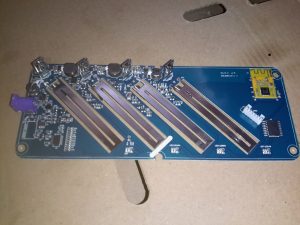
The main PCB is easily removed after the springs are unhooked from the terminals. Most of the power circuitry is located on the top side near the power input. There are 4 DC-DC converters on board for stepping the input 12v down to the 4.2v required to charge a lithium cell.
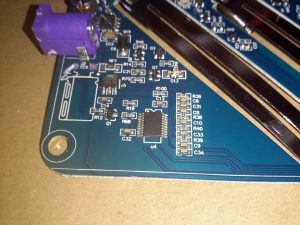
Not entirely sure what this IC is in the bottom corner, as it’s completely unmarked. I’m guessing it’s a microcontroller though.
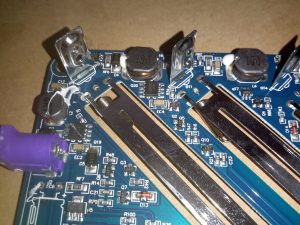
The top left of the board is crammed with the DC-DC converters, all the FETs are in SO8 packages.
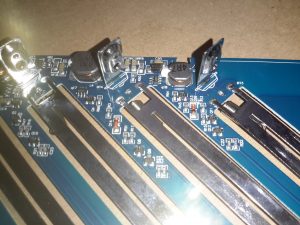
One pair of DC-DC inductors is larger than the other pair, for reasons I’m unsure of.
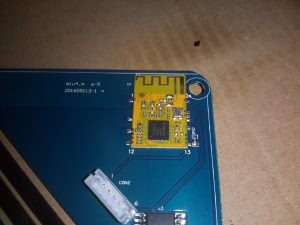
Bluetooth connectivity is provided by this module, which is based around a TTC2541 BLE IC.
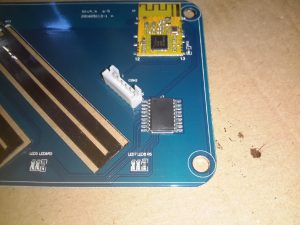
Below the Bluetooth module is yet another completely unmarked IC, the direct link to the BLE interface probably means it’s another microcontroller. The Socket to the left of the IC is the connector for the front panel LCD & button.
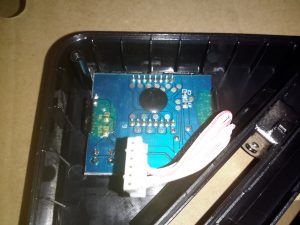
There’s not much to the LCD itself, so I won’t remove this board. The LCD controller is a COB type device, from the number of connections it most likely communicates with the micro via serial.
